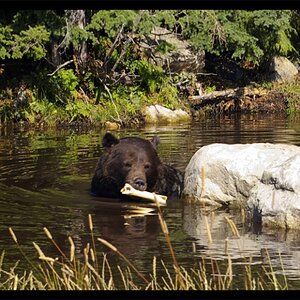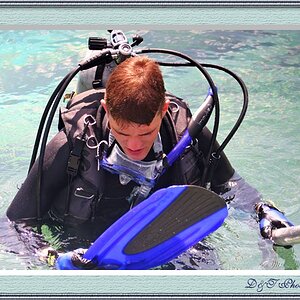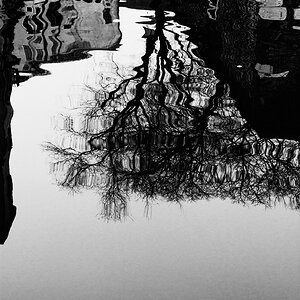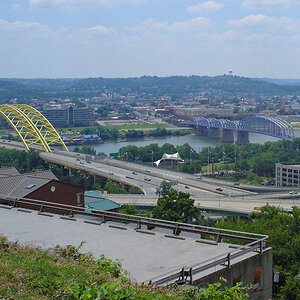AdventuresInMyTrustyBoots
No longer a newbie, moving up!
- Joined
- Dec 26, 2016
- Messages
- 62
- Reaction score
- 125
- Location
- Terrace, BC, Canada
- Website
- www.facebook.com
- Can others edit my Photos
- Photos NOT OK to edit
My current camera is the Canon 6D and the 24-105mm. I've been wanting and saving to upgrade. I was thinking about upgrading to the Mark IV. I'm not sure that it is worth it to go with the Mark IV and the 24-105mm, since I already have the 24-105mm from my 6D. I am thinking of just getting the Mark IV and the Tamron 15-30mm F2.8 instead.
My interests in photography are mainly landscape and nightscapes. I'm still learning, but I am really loving the nightscapes right now.
What are opinions on this combo? How does the Mark IV and the Tamron 15-30 perform for night landscapes, milky way photos?
I am currently using the 6D and the Rokinon 24 for my nightscapes. Recently aquired a Rokinon 14mm, but haven't had a chance to test it yet.
My interests in photography are mainly landscape and nightscapes. I'm still learning, but I am really loving the nightscapes right now.
What are opinions on this combo? How does the Mark IV and the Tamron 15-30 perform for night landscapes, milky way photos?
I am currently using the 6D and the Rokinon 24 for my nightscapes. Recently aquired a Rokinon 14mm, but haven't had a chance to test it yet.


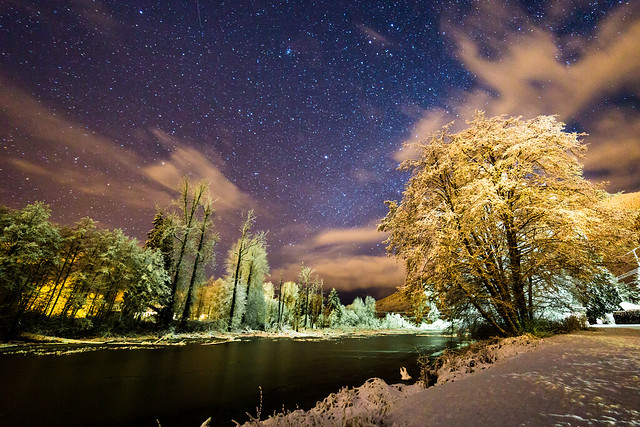 First Snowfall
First Snowfall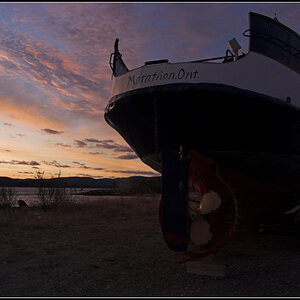

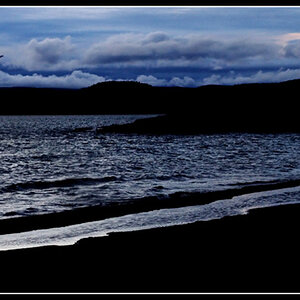
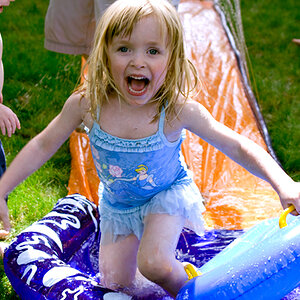
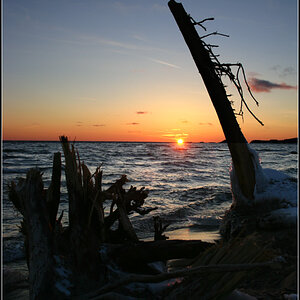
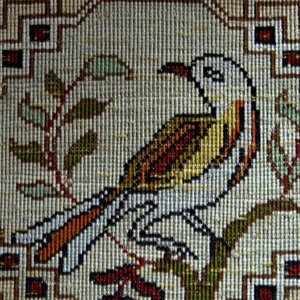
![[No title]](/data/xfmg/thumbnail/39/39490-b2e64c58554ef92efe2474950d27753d.jpg?1619739050)
![[No title]](/data/xfmg/thumbnail/32/32926-ec27ecead8c80d803404500d8f888dbf.jpg?1619735754)
